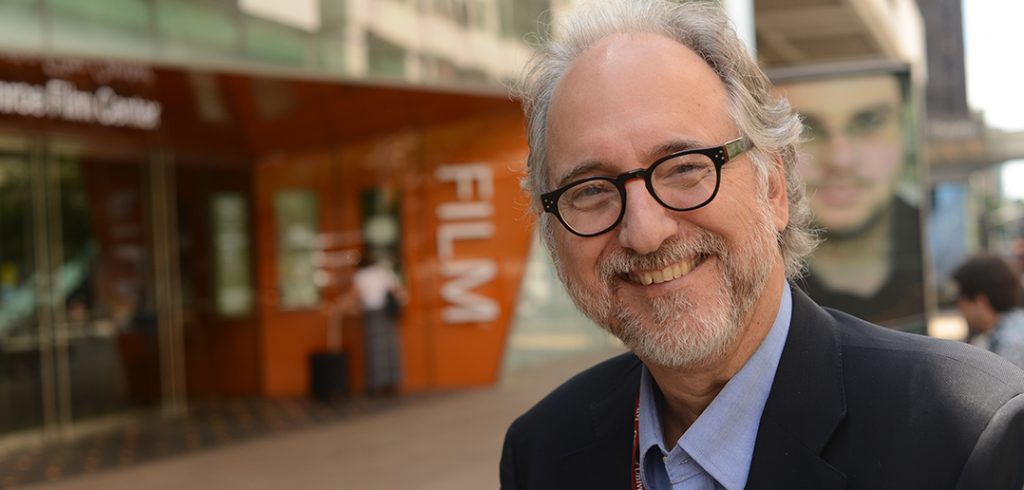James Jennewein’s unassuming demeanor might throw one off. Here’s a man with writing credits on five feature films and who has sold more than 20 screenplays in Hollywood. He doesn’t drop names, though he could, as a quick glance at his CV attests.
His produced film credits include The Flintstones, Richie Rich, Major League II, Getting Even with Dad, and Stay Tuned. He adapted the Jules Verne novel 20,000 Leagues Under The Sea as an animated film script for Walt Disney Pictures and is currently writing an animated film for the producer of Shrek.
Last year, Jennewein took up the position as artist-in-residence in the Department of Communication and Media Studies, where he is teaching screenwriting and one-hour television drama.
“My essential purpose here is to illuminate the art of storytelling and bring some real world knowledge and craft to the students,” said Jennewein.
To “do lunch” with Jennewein isn’t an exercise in discussing the latest politics in the film industry or star gossip, but rather the conversation tends toward craft and writing. Over a plate of pasta at the Law School cafeteria he discussed his love of narrative, and how writing for film differs from theater, journalism, and literature. The difference between media requires distinct approaches.
“Onstage, actors take action mainly through dialogue, often telling us what they’re thinking right out loud. But since film is primarily a visual medium, the actors often take action outside of the dialogue,” he said. “The stage directions and the dialogue take on a distilled form because movies are ruled by time.”
He said that action descriptions within a scene must be “compressed and incredibly economical,” as opposed to a novel where the prose allows the writer to go inside the heads of characters and allow readers to participate in their deepest thoughts.
“In novels, you’re being propelled along by the beauty of the language as much as by the story itself, but in screenwriting less is more,” he said. “Good screenwriting isn’t about flowery language, it’s about laying down the dramatic thrust of a scene in a few choice words.”
He described a brand of writing that directs the reader to see exactly what the writer wants them to see. But he discourages an exactness that spills into another collaborator’s turf—such as attempting to direct the director of cinematography.
“One mistake that newbie screenwriters make is they keep saying, ‘The camera moves this way,’ or ‘The camera pushes in,’” he said. “I tell my students to take the word ‘camera’ out and say ‘we,’ as in ‘We move in tighter on Tom’s face as he absorbs the truth.’ It’s a way to let the reader see the scene without directing the scene.”
Jennewein repeatedly reminds students that film is a collaborative medium and that the writer’s job isn’t to direct, but “to lay down the spine of the story, scene by scene, creating a blueprint of the core conflicts and emotional throughline.”
Studying screenwriting at Fordham, he said, differs from other New York City institutions in that the program is more integrated with other disciplines.
Besides getting a solid background in filmmaking and film theory, students also get “an academic foundation in the wider world of communications.” Though they concentrate on the narrative form of film and television, they also study alongside students from journalism and new media, and the visual arts.
The interdisciplinary training reflects film’s collaborative nature. Screenwriting often continues through production, and script changes come with input from directors, actors, and cinematographers.
“When students go through the matrix of decision making during production, they not only learn about lighting and direction, but—with the actors’ help—they find the intended moment,” he said. “This is where they really learn how to write for the screen.”
And, to use a phrase familiar to all writers, students also learn “to kill their darlings.”
“When editing the finished film,” he said, “you might realize that one piece of dialogue you were in love with—that you felt was absolutely key to telling the story—isn’t needed at all. That what the actor can do with just one look says it all.”


